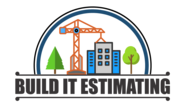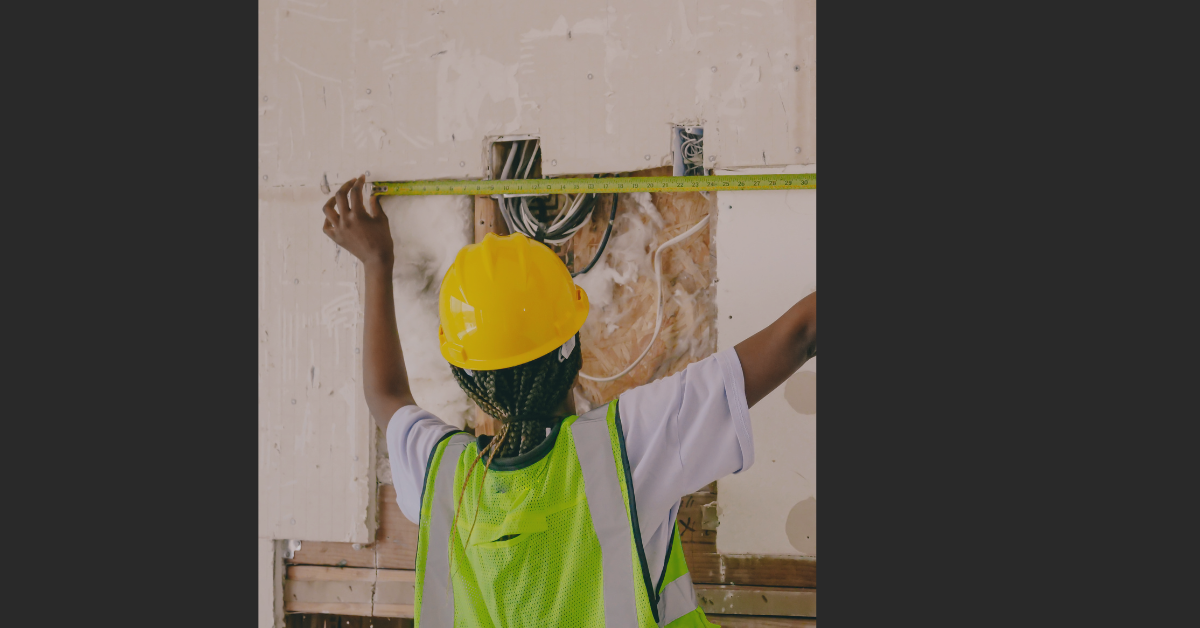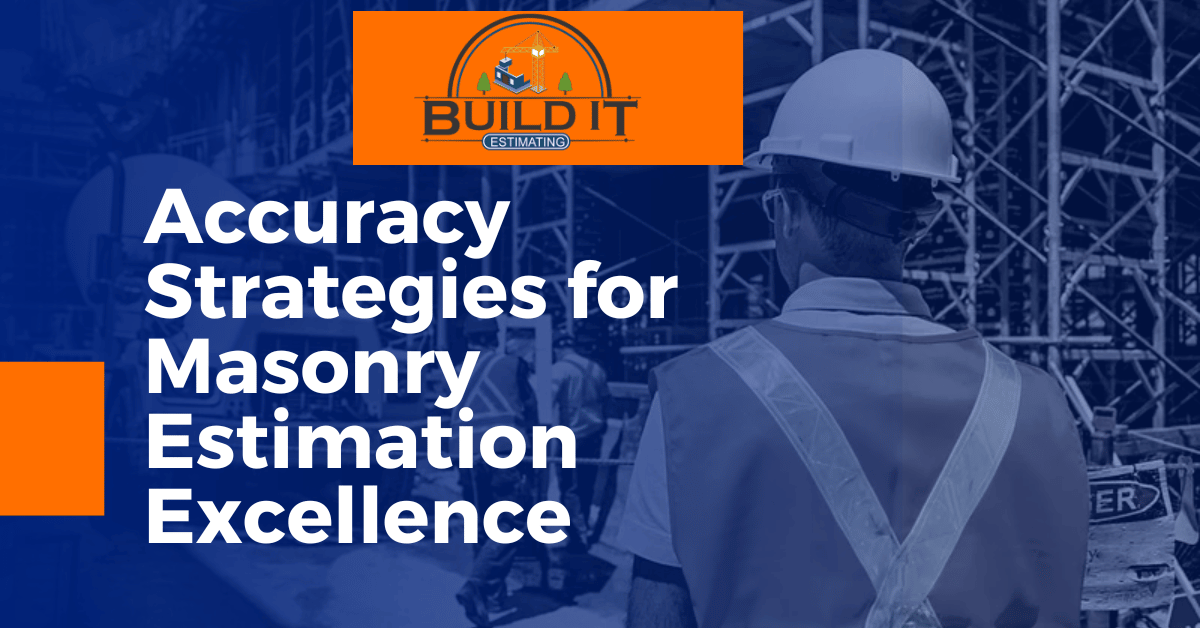Thinking about starting a construction project? Whether you’re a homeowner planning a renovation or a construction industry professional, knowing the building costs upfront is crucial. In this article, we’ll explore the role of building cost estimators and offer a detailed guide to calculating construction expenses. From deciphering the various factors affecting building costs to employing efficient estimation methods, we’ll walk you through it all. Let’s dive in and get you on the right track.! Here is Building Cost Estimator Techniques:
Location and Site Conditions- Building Cost Estimator
The geographic location of your construction site holds considerable sway over building costs. Accessibility, local labor rates, material availability, and site conditions—including soil quality and topography—all contribute to the overall expense. For example, constructing in a remote area may incur added transportation costs, while sites with challenging terrain might demand additional foundation work.Size and Complexity of the Project
The size and complexity of a project directly impact construction costs. Larger structures typically demand more materials and labor, leading to higher expenses. Similarly, projects with intricate designs, unique architectural features, or specialized systems like HVAC and electrical often entail additional costs due to heightened complexity and customization requirements.
Building Codes and Regulations
Compliance with building codes and regulations is essential in construction projects, but it can influence the cost estimation process. Certain building code requirements, such as fire safety measures or accessibility features, may incur additional expenses. It’s crucial to account for these factors to generate a realistic estimate and prevent potential delays or penalties.
Types of Building Cost Estimators
Square Foot Method
The square foot method is a simple approach to cost estimation, where the total cost is calculated based on the building’s square footage. This method involves assigning a cost per square foot, factoring in variables such as building type, quality, and location. While it offers a rapid estimate, its accuracy may be limited for projects with diverse complexities or specialized needs.
Assembly Method
The assembly method entails dissecting the construction project into distinct assemblies or components, like foundation, walls, roof, electrical, plumbing, etc. Each assembly is then estimated separately, accounting for its materials, labor, and equipment needs. This method offers a more intricate estimate but demands a thorough comprehension of the project’s components.
Detailed Estimating Method
The detailed estimating method is the most comprehensive approach, entailing a thorough breakdown of the project into individual tasks or activities. Each task is meticulously estimated based on the quantity of materials, labor hours, and necessary equipment. While this method offers the highest level of accuracy, it demands considerable time and expertise to execute. Having explored the factors influencing building costs and various estimation methods, let’s now delve into the step-by-step process of calculating construction expenses.
Define the Project Scope
Before initiating the estimation process, it’s essential to clearly define the project scope. Understand the objectives, desired outcomes, and specific requirements. This clarity will enable you to tailor the estimation approach accordingly, ensuring accuracy and alignment with project goals.
Collect and Analyze Data
Collect all essential project data, including architectural plans, engineering specifications, and any other relevant documents. Analyze this information meticulously to identify the materials, labor, and equipment required for the project. This comprehensive understanding will serve as the foundation for accurate cost estimation.
Calculate Indirect Costs
In addition to direct costs like materials and labor, it’s crucial to consider indirect costs that are essential for the project’s completion. These may encompass permits, insurance, equipment rentals, utilities, and overhead expenses. Calculate these costs meticulously and incorporate them into the estimation to ensure a comprehensive understanding of the project’s total expenses.
Account for Contingencies
Unforeseen circumstances can emerge during construction, resulting in additional expenses. It’s crucial to incorporate a contingency amount into the estimation to accommodate potential risks or changes in the project scope. This ensures that there are funds available to address unexpected challenges without disrupting the project’s progress or budget.
Summarize and Present the Estimate
Once all the information is gathered, compile and summarize the estimate in a clear and concise format. Present the estimate to stakeholders, ensuring transparency by explaining the assumptions and calculations made. It’s essential to regularly update and refine the estimate as the project progresses, taking into account any changes or new developments. This iterative approach helps maintain accuracy and keeps stakeholders informed throughout the construction process.
Building Information Modeling (BIM)
BIM software enables the creation of a virtual representation of the construction project, integrating architectural, structural, and MEP (mechanical, electrical, plumbing) details. This comprehensive approach facilitates collaborative planning and coordination, leading to more accurate cost estimations. By leveraging BIM technology, stakeholders can visualize the project’s entirety, identify potential conflicts, and streamline communication, resulting in improved efficiency and reduced costs throughout the construction process.
Specialized construction estimating software offers features and functionalities specifically designed for the estimation process. These tools typically incorporate databases containing material prices, labor rates, and productivity rates, which streamline calculations and reduce manual errors. By automating repetitive tasks and providing access to up-to-date cost data, these software solutions enhance accuracy and efficiency, allowing estimators to generate more precise estimates in less time.
Numerous online platforms offer cost estimating tools that provide quick and approximate calculations based on project parameters. While these tools can be valuable for initial estimates, they may lack the specificity and customization necessary for complex projects. It’s essential to recognize their limitations and supplement them with detailed analysis and expert judgment, especially for larger or more intricate construction endeavors.
Tips for Accurate Building Cost Estimation
To ensure accurate estimations, consider the following tips:
Stay Updated on Industry Trends
Staying updated on industry trends, such as shifts in material costs, labor rates, and construction practices, is essential. This knowledge empowers you to make informed decisions during the estimation process, ensuring accuracy and relevance in your cost assessments. By keeping abreast of industry developments, you can adapt to changing circumstances, anticipate potential challenges, and optimize your construction projects for success.
Consult with Experts- Building Cost Estimator
Seeking advice from experienced professionals, such as architects, engineers, or estimators, is invaluable. Their expertise and insights can validate your estimations and uncover any potential blind spots. Collaborating with seasoned professionals fosters a more robust estimation process, enhances accuracy, and mitigates risks associated with overlooked factors. Embracing collective knowledge and experience strengthens your confidence in the estimation outcomes, ultimately contributing to the success of your construction projects.
Review and Refine Estimates Regularly
Construction projects are dynamic, and estimations should undergo continuous review and refinement as new information emerges. Regularly comparing estimated costs with actual expenses is crucial to identifying any discrepancies and adjusting future estimations accordingly. This iterative process helps ensure that estimations remain accurate and aligned with the evolving needs of the project, ultimately enhancing cost control and project success.
Conclusion
Accurately estimating building costs is vital for the success of any construction project. By considering factors such as location, project complexity, material and labor costs, and leveraging appropriate estimation techniques, you can develop reliable and comprehensive estimates. Remember to utilize technology tools and stay updated on industry trends to enhance the accuracy and efficiency of your estimations. Effective building cost estimation ensures that your construction projects are financially viable and completed within budget, contributing to their overall success.



